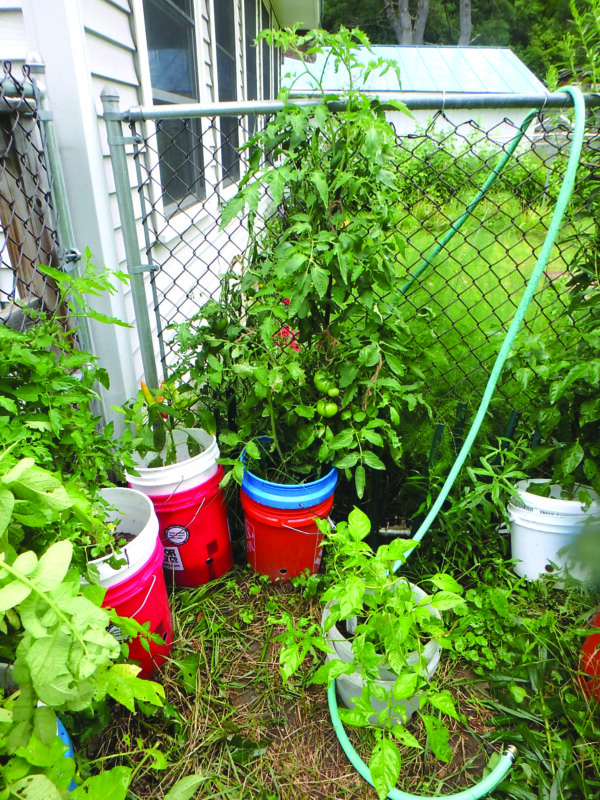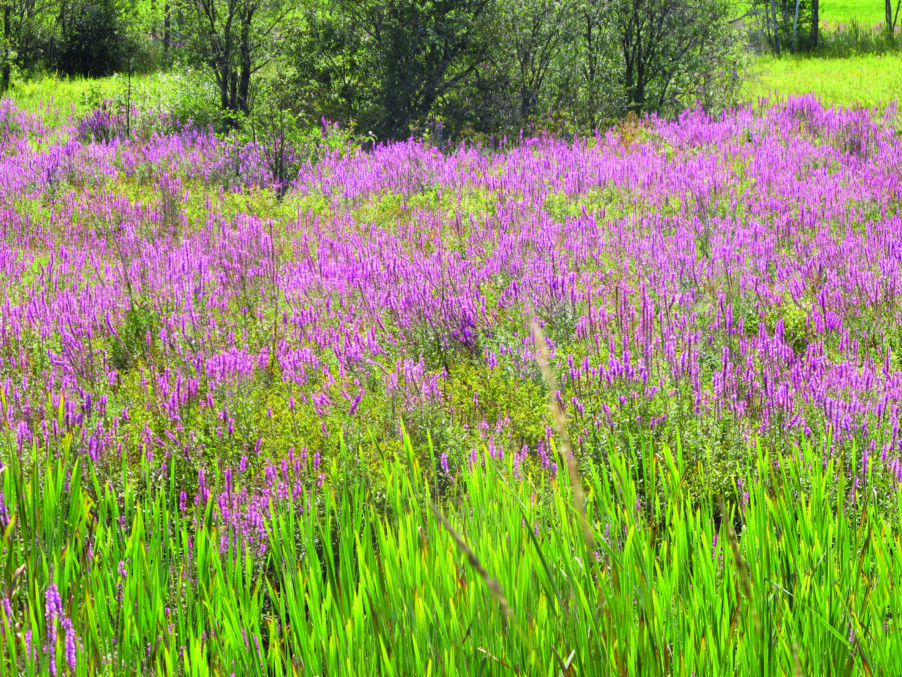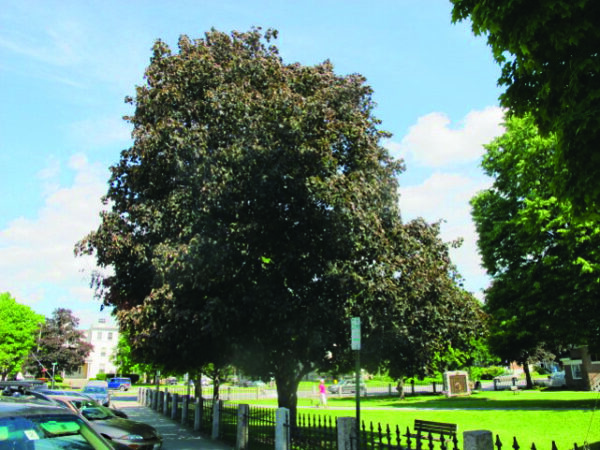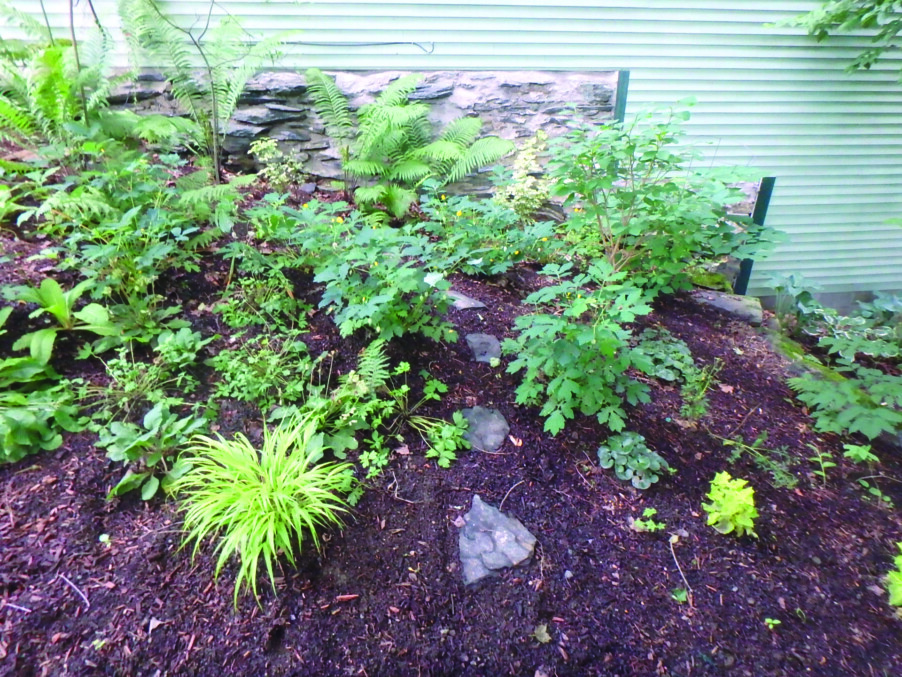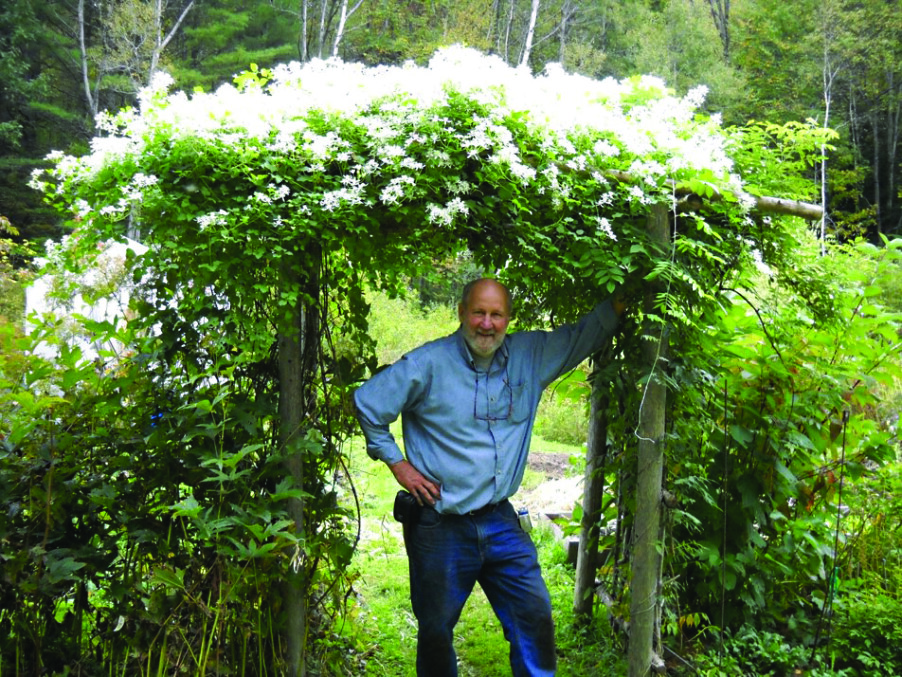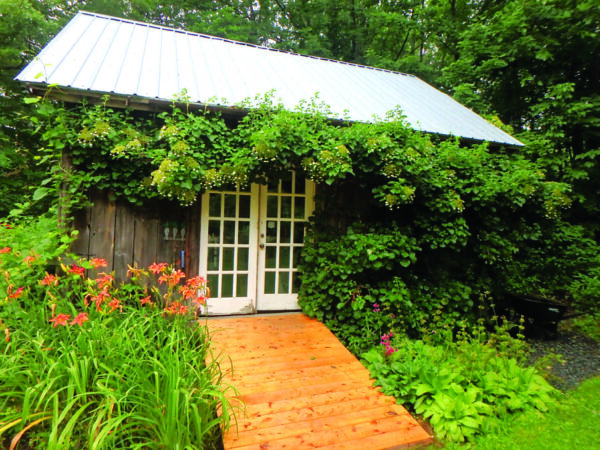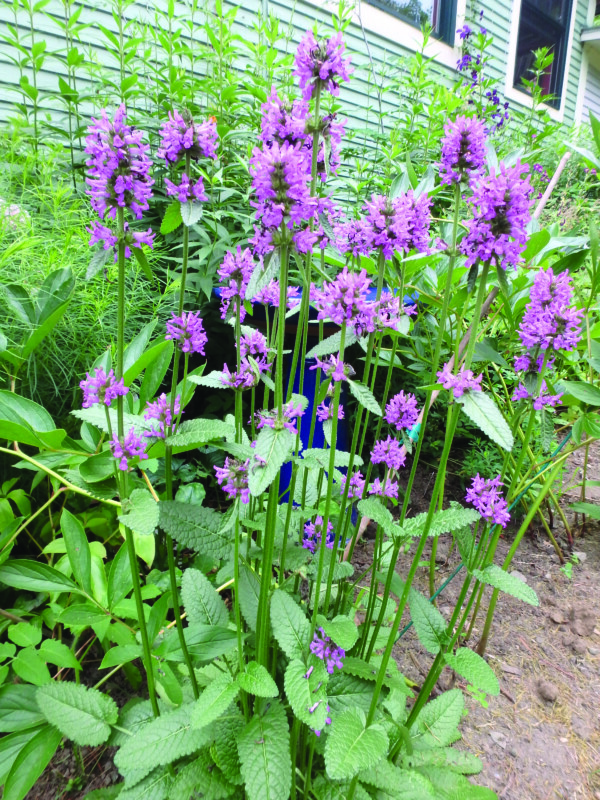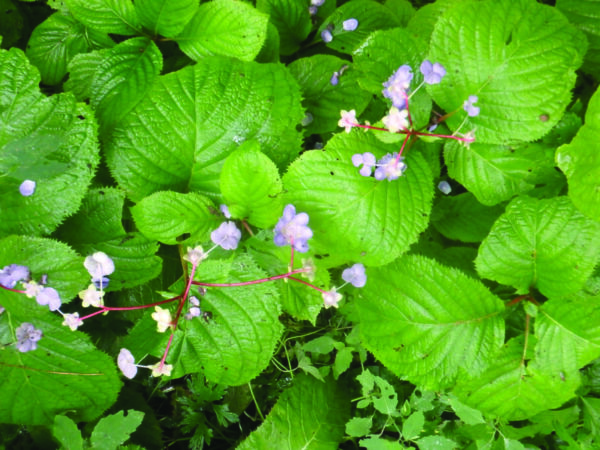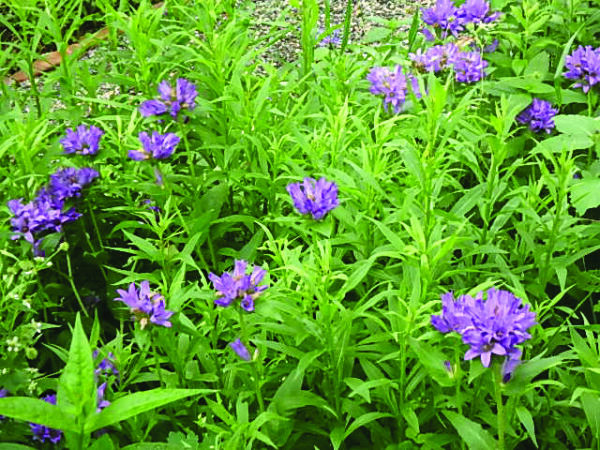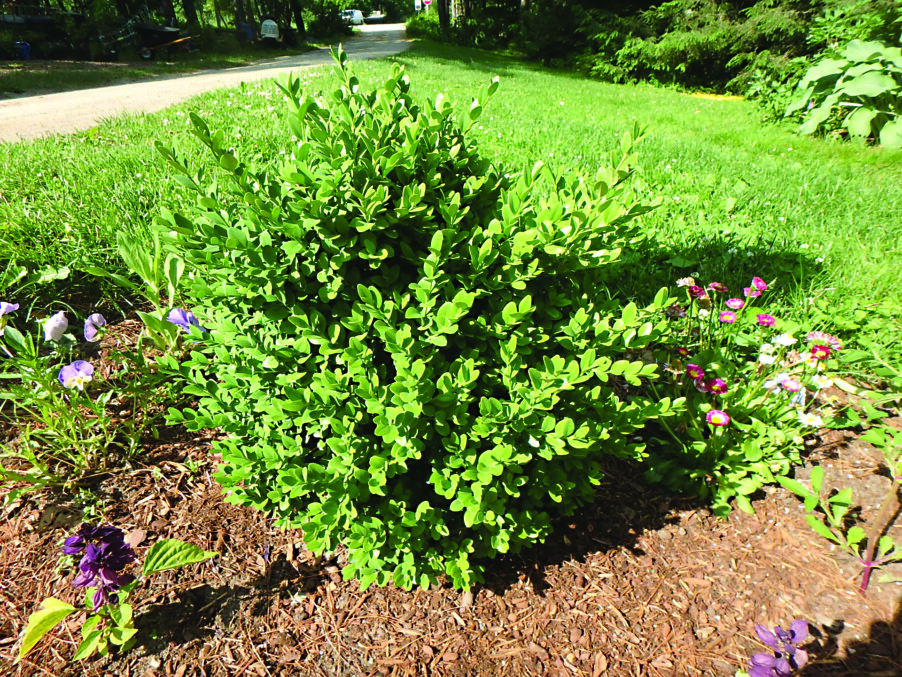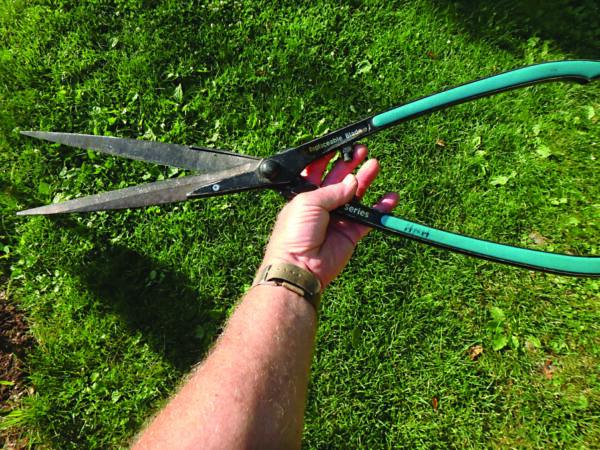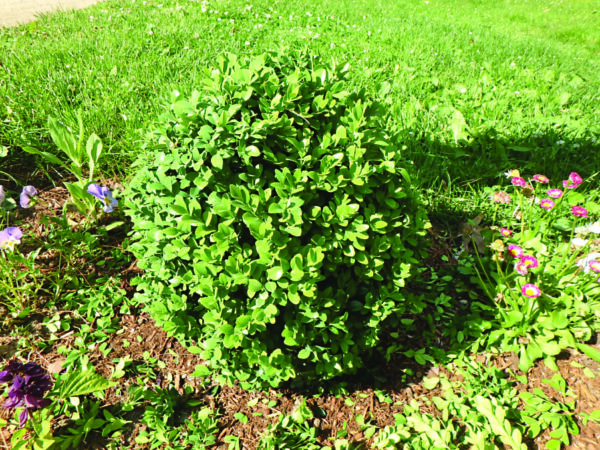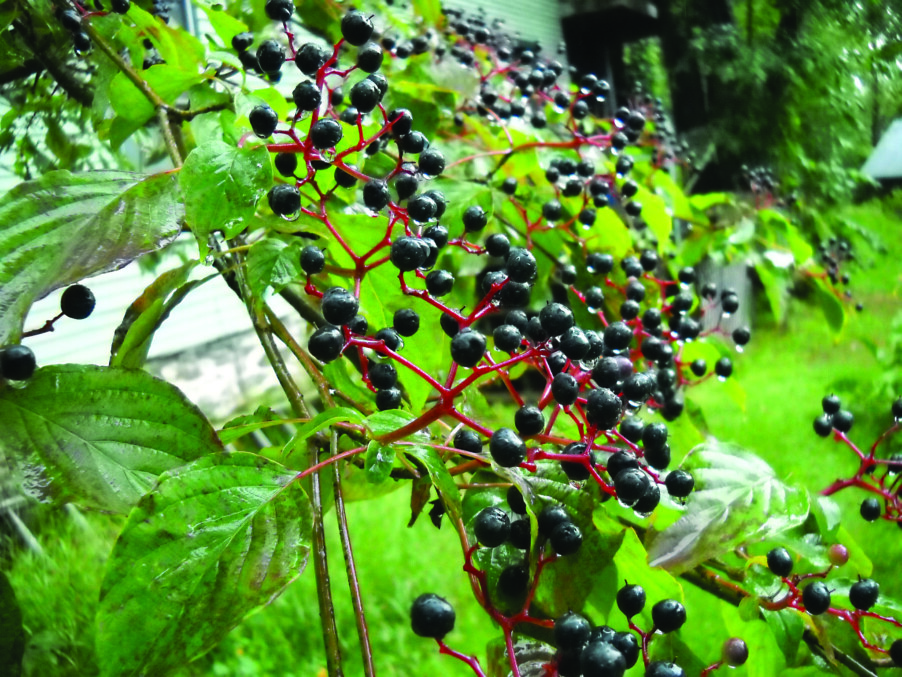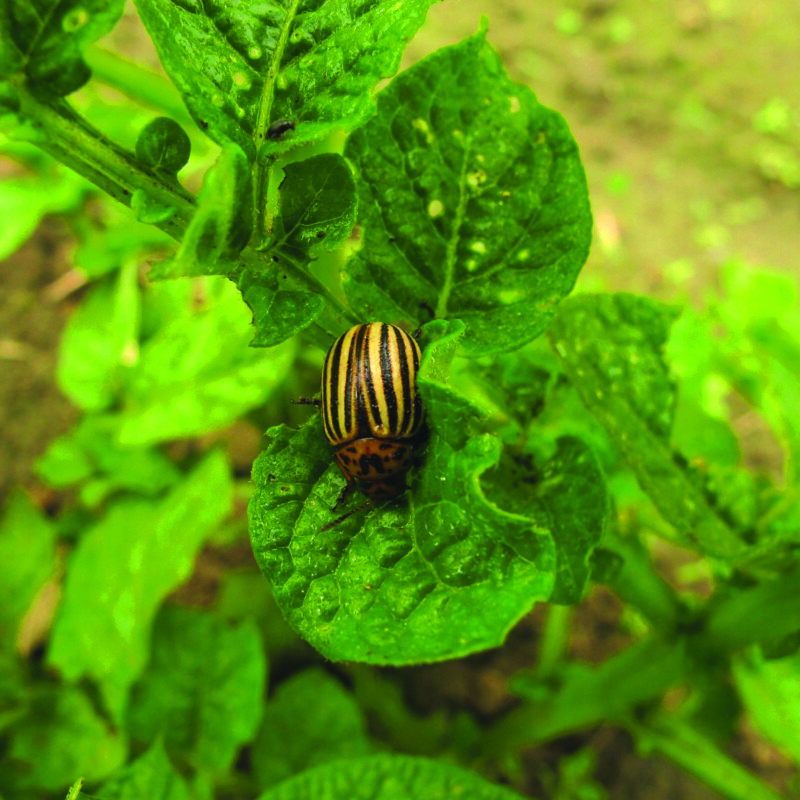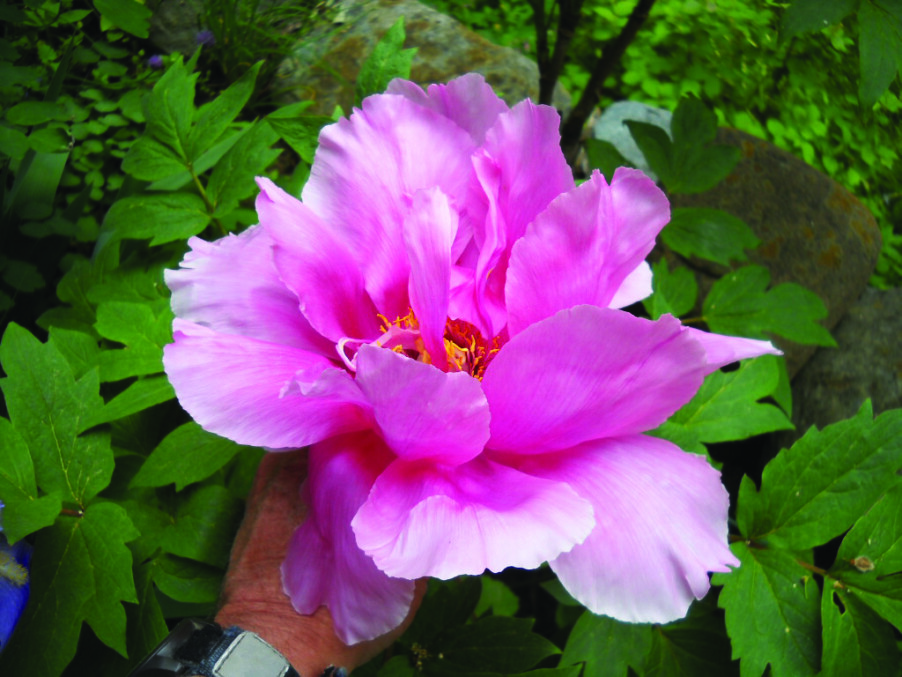Worth giving containers a try
Recently I was at my local food coop and chatted with a friend about her gardens. She told me that she is having fabulous luck growing tomatoes, peppers and more in a bucket system she constructed. Her inspiration was a book by Vermont’s Ed Smith, who has written a number of great books, including The Vegetable Gardener’s Container Bible. And although I have used the Ed Smith system in the past, it’s good to see how another person uses it, so I visited her to see what she has done.
Susan Pillsbury has nine or 10 self-watering containers, each made from two 5-gallon buckets. Here is what she did: The bottom bucket is the water reservoir; the top bucket, which nestles inside it, holds soil mix. There is a 3- or 4-inch piece of PVC plumber’s pipe (3-inch diameter) that stands up in the bottom bucket and is full of holes she drilled in it.
The piece of pipe sits in the lower bucket and supports the upper bucket. She used a 2-inch hole saw to put a wide hole in the bottom of the upper bucket, right in the middle.
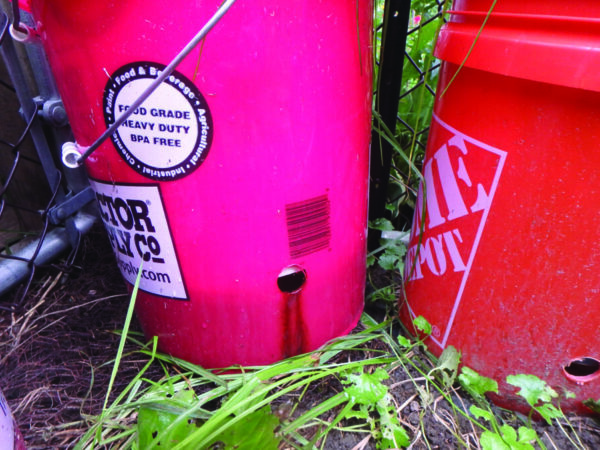
That short piece of pipe gets filled with soil mix, and because it is sitting in the water reservoir, the soil is constantly wet. Like a wet sponge, it wicks water into the soil in the upper bucket. The wicking action keeps the soil for the plant roots lightly moist. The problem with growing veggies in big pots or buckets is often that they dry out or get waterlogged.
Her lower buckets all have one-inch holes drilled just below the bottom of the upper bucket. If she gets a flood of rain, water passes through the upper bucket and out the lower bucket through those holes. This also allows her to fill the water reservoir from the bottom with a hose. Susan also drilled lots of quarter-inch holes in the bottom of the upper bucket for added drainage.
I asked Susan what kind of soil she used in the buckets. She bought potting mix and mixed it with her own homemade compost in a 50-50 mix. Because a 5-gallon bucket has plenty of soil for roots, and she uses a rich mixture, she does not add any fertilizer.
What does all this cost? Not much, really. Her biggest expense was the plastic buckets, which cost about $5 each, though they are often available free from building contractors. A big bag of potting soil might cost $10 to $12 and would be enough for three or four buckets, once mixed with homemade compost. Purchased compost would add to the cost, but most gardeners make their own. Plastic pipe is not expensive.
I noticed that Susan’s tomatoes were free of disease. Most tomatoes planted in the ground have at least some blight that blackens and kills lower leaves, eventually leaving a plant bare of leaves by September. The most common form of blight lives in the soil and splashes up onto leaves when it rains. But since her plants are in potting soil and cured compost, she has avoided the disease — at least so far. Not only that, her plants are in a fenced dog pen (to avoid deer) and no tomatoes have been grown in there in the past. Obviously blight could blow in and infect her plants, but so far, so good.
Next year Susan intends to grow corn in her self-watering containers. She will use six sets of buckets, each with one or more corn plants. Placed in close proximity, this should allow good pollination. From what she has read, she will need corn plants that are relatively small, given the amount of soil each will be planted in. I watched an online video of corn planted in 30-gallon totes with up to 11 plants in each tote. The ears were large and each plant produced more than one ear.
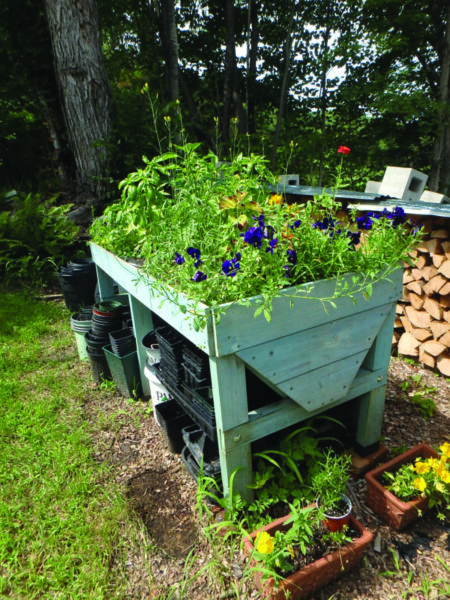
I called Ed Smith to see if he had any updates since writing The Vegetable Gardener’s Container Bible. He and his wife, Sylvia, still grow some vegetables in containers as well as in the ground. Ed turned 80 recently and likes using containers so he doesn’t have to bend quite so far.
Ed told me that he doesn’t bother with self-watering containers any more. He has several 2-foot by 3-foot containers he got from Gardener’s Supply as self-watering containers, but removed the baffle separating the water reservoir from the planting space, giving him deeper containers that he waters as needed from above. He is semi-retired and rarely travels, so that works for him. If you are at work five days a week, a self-watering container is probably a better idea for you.
I‘ve experimented with self-watering containers and ordinary containers. The best type I’ve used is called a “Veg Trug” and is sold by Gardener’s Supply. It is a tall V-shaped wooden bin 6 feet by 30 inches and 16 inches deep in the middle. I’ve grown tomatoes, peppers, herbs and flowers in it with good success — and no bending over. It’s made of cedar; mine is in its fifth summer of use and still going strong. I empty it each winter and put it inside, but reuse the potting soil, just adding a little compost and fertilizer each spring.
Even if you’re a city dweller with little space you can grow a few things on a deck or between the sidewalk and the street. Give it a try!
Featured photo: Tomatoes growing without blight using self-watering system with buckets. Courtesy photo.

